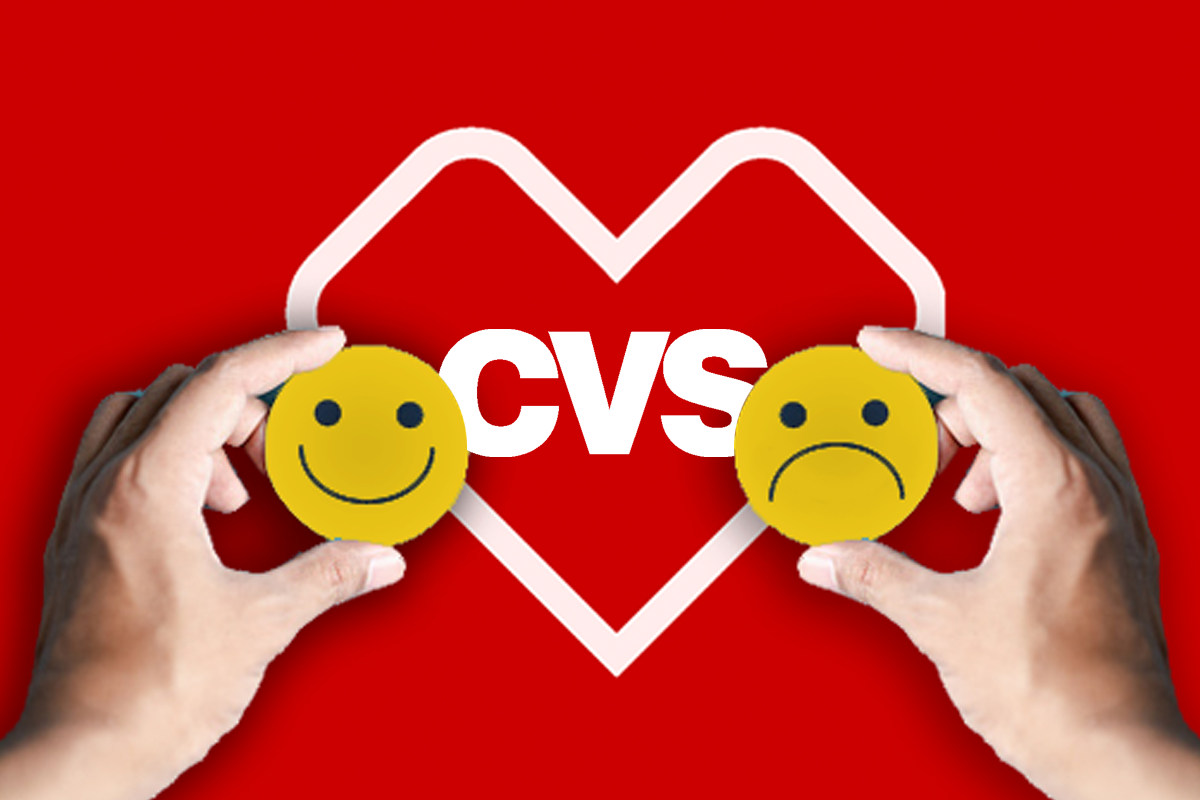

Closing the Loop on Patient Feedback: Lessons from CVS Health

The push to improve the patient experience is ubiquitous. From traditional points of care in hospitals and health systems to retail settings and telehealth, providers are trying to connect millions of data points to measure consumer feedback so they can create more personalized, responsive systems with better service.
In a recent podcast, leaders from Deloitte Digital and CVS Health shared insights on how they are working together to quickly close the loop on customer feedback to better personalize care, respond faster to service recovery opportunities and build trust.
The retail giant now captures 17 million pieces of solicited feedback yearly through its customer experience-management platform and has implemented more than 130 survey programs across digital, transactional and relationship touch points, notes one report.
While the work between the partners is far from finished, the early results provide a glimpse into how CVS is adapting its thinking as it analyzes its vast consumer data — both direct (e.g., customer surveys) and indirect (e.g., online chat transcripts, call transcripts and digital session data).
These insights also provide a framework for hospital and health system executives as they look to optimize ways to measure, report and act on patient experience data.
3 Takeaways from the CVS Health-Deloitte Consumer Experience Project
1 | Recognize the new standard in health consumer experience.
The aperture of how health consumers view their point of comparison has changed, says Srikant Narasimhan, vice president of enterprise customer experience at CVS Health. Consumers no longer simply evaluate providers or any company against traditional competitors. Their frame of reference is now based on the best customer experiences they have had in any field, he says.
Takeaway
This may seem intuitive, but it is a significant issue for health care leaders to accept as they develop and execute their patient experience-management strategies. It’s easy to become too focused on comparing one organization or facility against other hospitals and health systems in a region. Expand your vision to focus on delivering service levels that meet patients’ best experiences.
2 | Scale and process consumer experience data.
It’s easy to drown in data. The goal is to eliminate the noise from the signal that patients are giving you in their feedback, says Tim Greulich, customer experience-management practice leader at Deloitte Digital. A confluence of factors is leading to greater amounts of consumer information being collected. The challenge for providers will be how to scale and process these data so that appropriate actions can be taken quickly in areas like service recovery.
Takeaway
Applications exist that can reside on top of huge databases to capture and process data, Greulich says. These applications can move at the speed of humans and provide the ability to compile this information and orchestrate personalized experiences both online and offline with consumers in ways that they are rapidly coming to expect. Address complaints quickly. Build trust and loyalty with a true feedback loop: “We heard you and these are the things we are doing to make things better for you.”
3 | Identify opportunities to wow patients.
Using consumer data in ways that meet legal and privacy standards is a given. But it’s also important that the process of trying to be more personalized in the use of consumer data doesn’t feel overly intrusive or resemble Big Brother, Narasimhan says.
Takeaway
Find targeted opportunities to add value in personalization, not just an opportunity to cross-sell services. Be proactive. Focus on how to find the right opportunities to wow, surprise or delight patients. Examples could include improving responsiveness of hospital staff to patients, reducing wait times or revamping food options for patients.
In trying to address patient concerns about lengthy discharge processes, some organizations — like New York City-based Montefiore Health System’s Moses campus — have opened discharge lounges. Montefiore’s lounge, located near the hospital’s front lobby, is staffed by certified nurse assistants who act as discharge lounge coordinators. They pick up patients from their rooms and escort them to the lounge, where they can watch TV or enjoy free snacks as the discharge process is completed. A report from last August notes that Montefiore had saved more than 10,000 bed hours and the average patient stay in the lounge was only 35 minutes.
Learn More
The May 1 AHA Leadership Scan episode “Optimizing the Patient Experience in a Digital World” will examine how to leverage technology to engage and educate consumers at all points in their health care journey. The one-hour program will begin at noon CT. Panelists will explore the opportunities, value and business-line implications for optimizing the patient experience.



